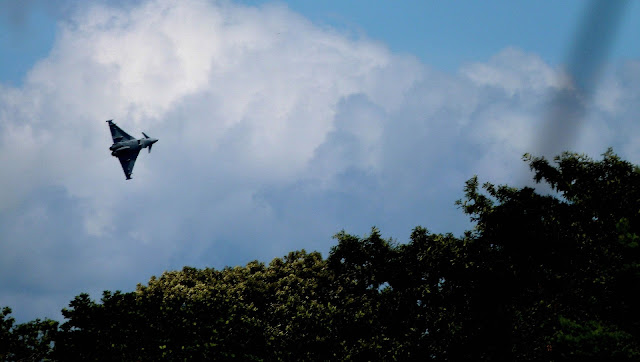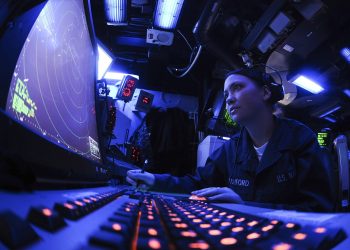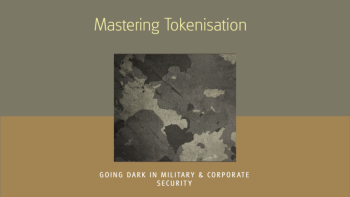NATO: RAF chief mocks decrepit Russian planes as Typhoons intercept them near UK airspace
GEÓ NewsTeam 4 years agoDespite the global pandemic, the Royal Air Force and our allies continue to ensure Russian military flights pose no threat to NATO and UK airspace.The Quick Reaction Alert (QRA) Typhoon fighters scrambled from an airbase in Lossiemouth, Moray supported by supported by a refuelling tanker aircraft, which flew from RAF Brize Norton in Oxfordshire, as the Russian planes, believed to be Tupolev TU-142s [Bear-Fs] flew close to Norway, the Ministry of Defence said. The Russian activity at a time of crisis because of the coronavirus pandemic has been widely condemned. Working with the Norwegian air force, the jets tracked the Russian aircraft, which stayed in international airspace over the Norwegian Sea and the North Sea. In a not unprecedented but certainly unusual move, the MoD released a comment from one of the Typhoon pilots. “After scrambling to intercept the two Russian aircraft, we were in close contact with battlespace managers from the RAF and Norway, who directed us towards the aircraft and relayed orders throughout, ensuring we could confirm where they were and what they were doing at all times,” said the pilot, whose name has not been released. About the The Tupolev Tu-142 The Tupolev Tu-142 (Russian: Туполев Ту-142; NATO reporting name: Bear F/J) is a Soviet/Russian maritime reconnaissance and anti-submarine warfare (ASW) aircraft derived from the Tu-95 turboprop strategic bomber. A specialised communications variant designated Tu-142MR was tasked with long-range communications duties with Soviet ballistic missile submarines. The Tu-142 was designed by the Tupolev design bureau, and manufactured by the Kuibyshev Aviation and Taganrog Machinery Plants from 1968 to 1994. Formerly operated by the Soviet Navy and Ukrainian Air Force, the Tu-142 currently serves with the Russian Navy. Developed in response to the American Polaris programme, the Tu-142 grew out of the need for a viable Soviet ASW platform. It succeeded the stillborn Tu-95PLO project, Tupolev’s first attempt at modifying the Tu-95 for maritime use. The Tu-142 differed from the Tu-95 in having a stretched fuselage to accommodate specialised equipment for its ASW and surveillance roles, a reinforced undercarriage to support rough-field capability, improved avionics and weapons, and enhancements to general performance. The Tu-142’s capability was incrementally improved while the type was in service, eventually resulting in the Tu-142MZ, the final long-range Tu-142 with highly sophisticated combat avionics and a large payload. Tupolev also converted a number of Tu-142s as avionics (Tu-142MP) and engine (Tu-142LL) testbeds.
Author
-

Broadcasting Daily from Gibraltar Newsroom our dedicated desk editors and newsdesk team of Professional Journalists and Staff Writers work hand in hand with our established network of highly respected Correspondents & regional/sector specialist Analysts strategically located around the Globe (HUMINT) Our individual Desk Editors all have specific subject authority as Journalists, Researchers and Analysts covering AI, Autonomous Transport, Banking & Finance Technology, Cybersecurity, GeoCrime, Defence 3.0, Energy & Renewables, BioEconomy and Transport & Logistics. Contact the NewsTeam at [email protected]
View all posts








